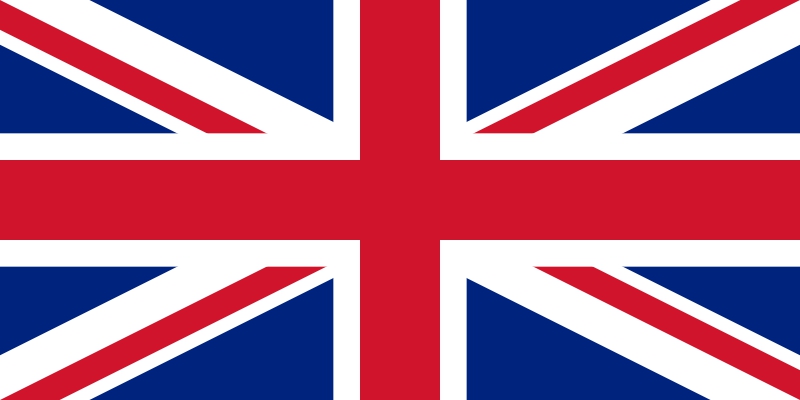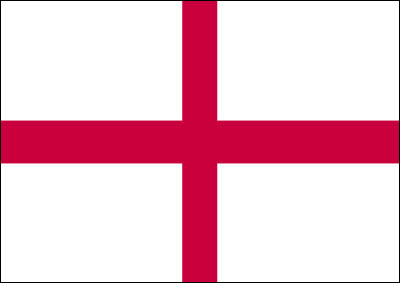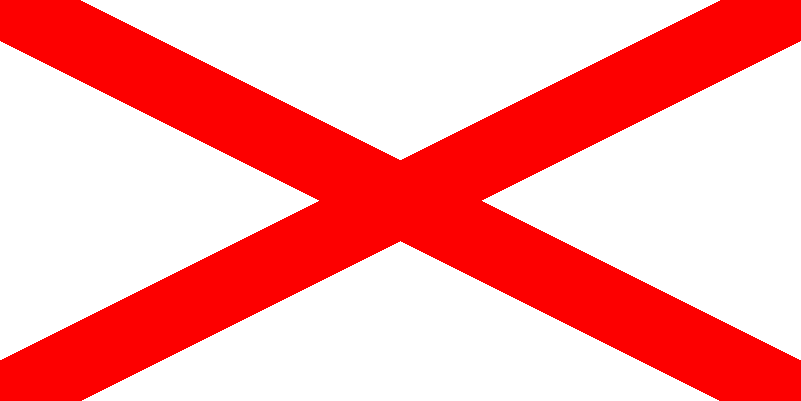|

|
ENGLAND
England (shown in the figure in dark green) became a unified state in AD 927 and is a part of the United Kingdom.
England does not include Wales and Scotland, but does encompass over 100 smaller islands around its coastline.
These islands include the Isles of Scilly, off the coast of Cornwall and the Isle of Wight, off the coast of Hampshire.
England has a population of 51 million inhabitants and represents about 84% of the population of the United Kingdom. |
 |
| |
Top of Page |
| |
|
GREAT BRITAIN - BRITAIN
Great Britain refers to the island in which England, Scotland and Wales are situated, as well as some of the smaller islands around these territories.
Great Britain does not include Ireland, which is a separate island and territory.
The usage of "Great" to refer to Britain began around 1136 and is used to separate the country from Brittany, France.
In 1975 the British government affirmed that the term Britain could be used as a term referring to the United Kingdom. Just be very careful not to use the term English to refer to British, which may cause offense to the non-English members of the U.K. |
 |
| |
Top of Page |
| |
|
THE UNITED KINGDOM - U.K.
The United Kingdom of Great Britain and Northern Ireland, or United Kingdom for short (shown in the figure in green), encompasses England, Scotland, Wales and Northern Ireland (The Republic of Ireland is shown in the figure in yellow and is a separate country).
The U.K was assembled in 1603, became the worlds first industrialized country and currently represents the sixth largest economy in the world.
Currently there are about 61 million inhabitants of the U.K. |
 |
| |
Top of Page |
| |
|
THE UNION JACK
The Union Jack is the name applied to the Union Flag of the United Kingdom.
The Union Jack is comprised of a merger of the Scottish flag (St Andrew's cross), the Irish flag (St Patrick's Cross) & the English flag (St George's Cross).
The Union Jack retains some official status with the Commonwealth regions, such as Canada, Australia, and New Zealand.
In addition a number of the former British colonies still retain the union jack as part of their flags; Fiji, Bermuda, and British Columbia to name a few. |
 |
| |
Top of Page |
| |
|
ST. ANDREW'S CROSS
St. Andrew's Cross or The Saltire, is the national flag of Scotland.
The Saltire is reputed to symbolize the cross upon which Saint Andrew the Christian martyr was crucified.
The Saltire originated as the flag of Scotland in the 16th century. |
 |
| |
Top of Page |
| |
|
ST. GEORGE'S CROSS
St. George's Cross has been adopted by a number of countries, who have St George as a patron Saint.
St. George's Cross has represented the flag of England since 1188.
St. George's Cross is in common use in England and is commonly displayed at sporting events and large national gatherings. |
 |
| |
Top of Page |
| |
|
ST. PATRICK'S CROSS
St. Patrick's Cross is a red saltire and was first used as the flag of Ireland in 1783.
The origin of the cross is unclear and the flag is not currently commonly used within Ireland. |
 |
| |
Top of Page |
|